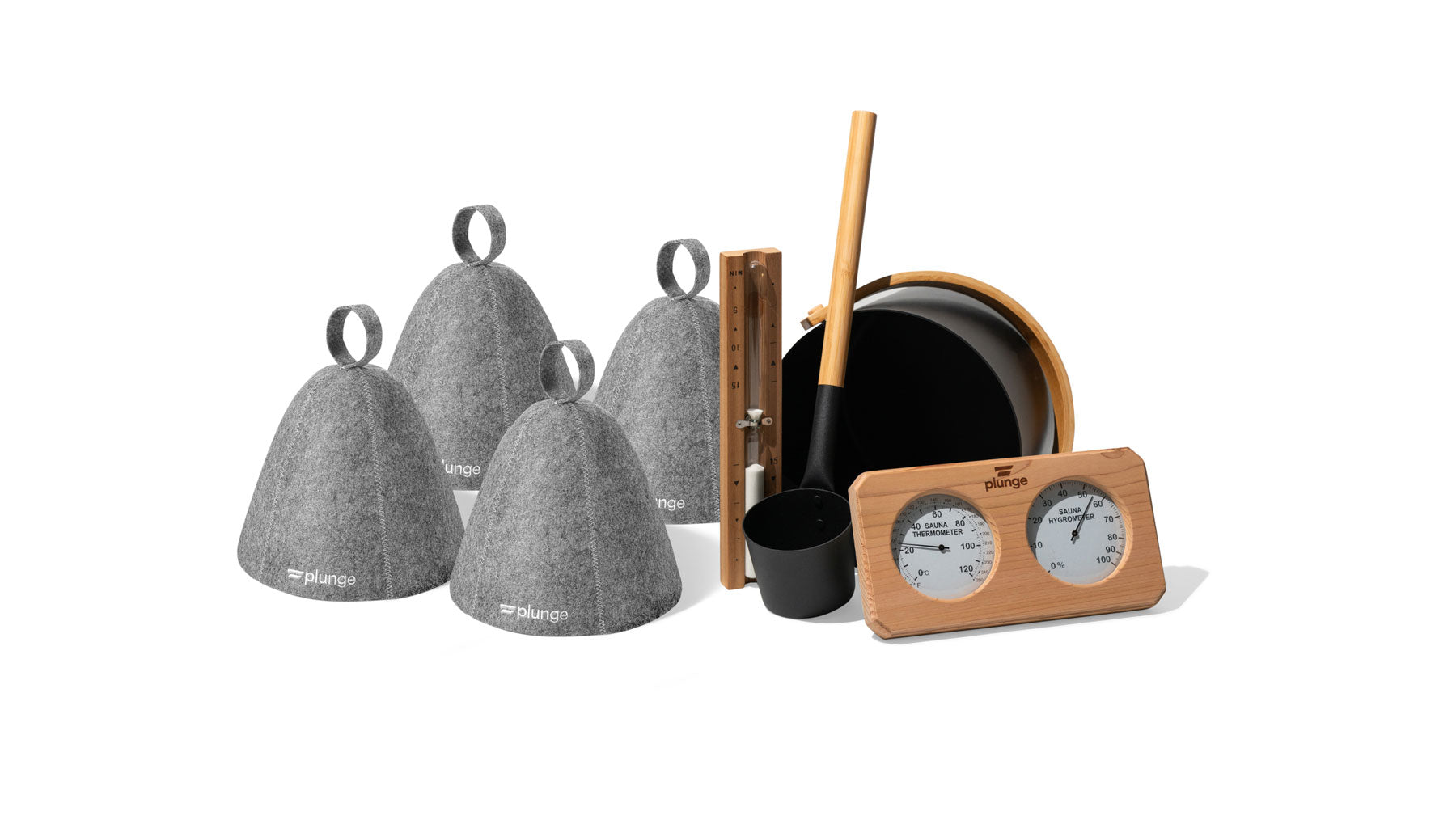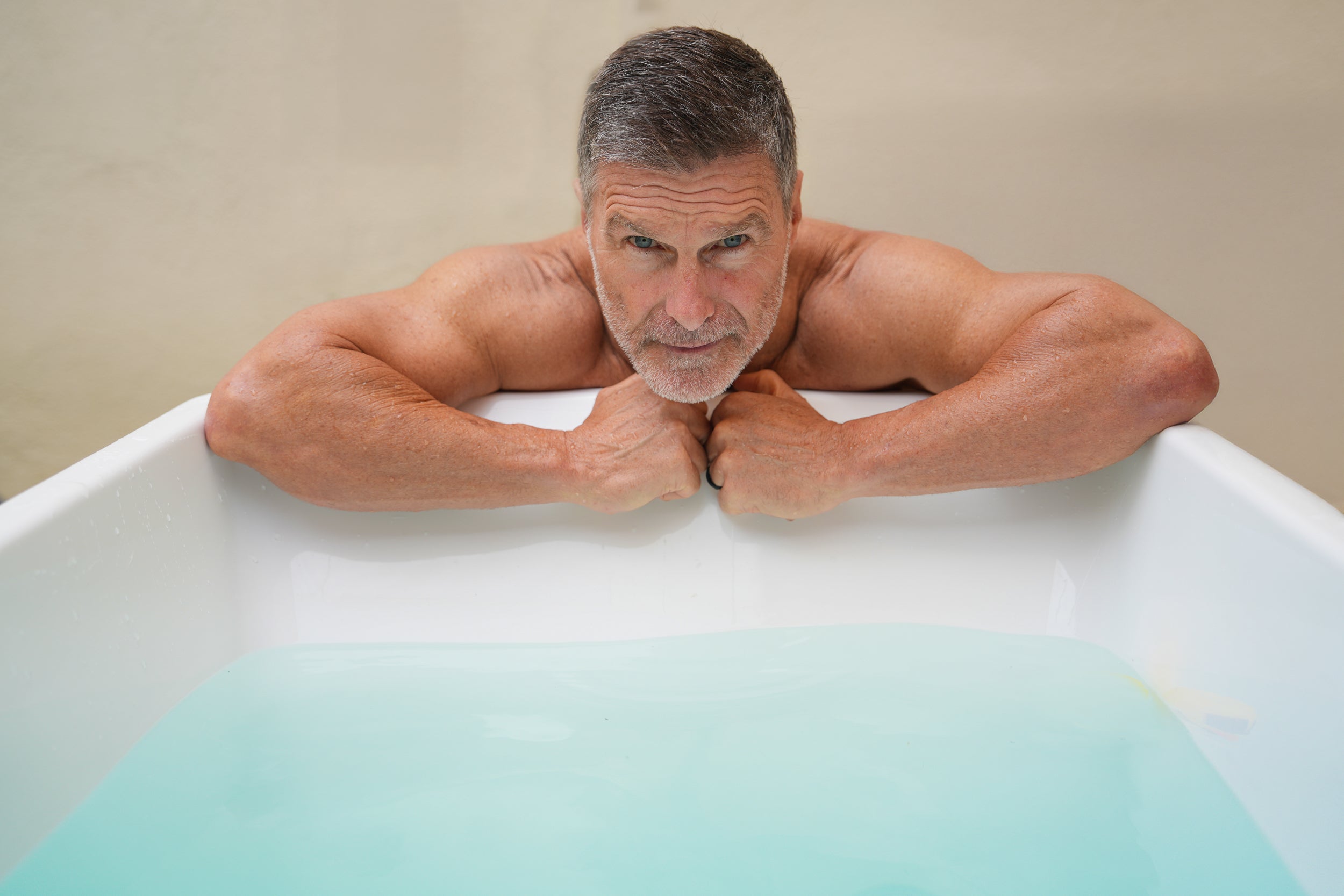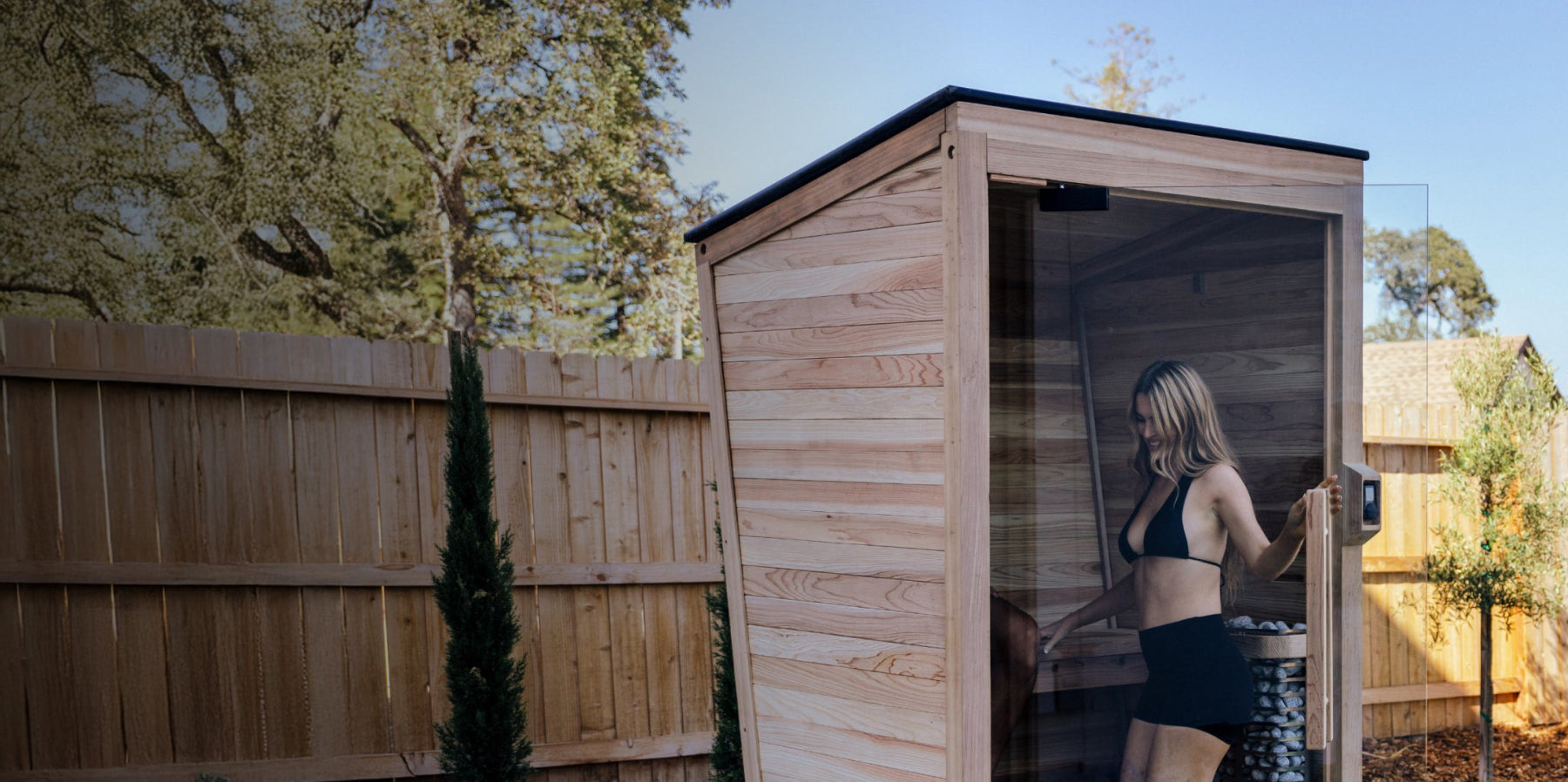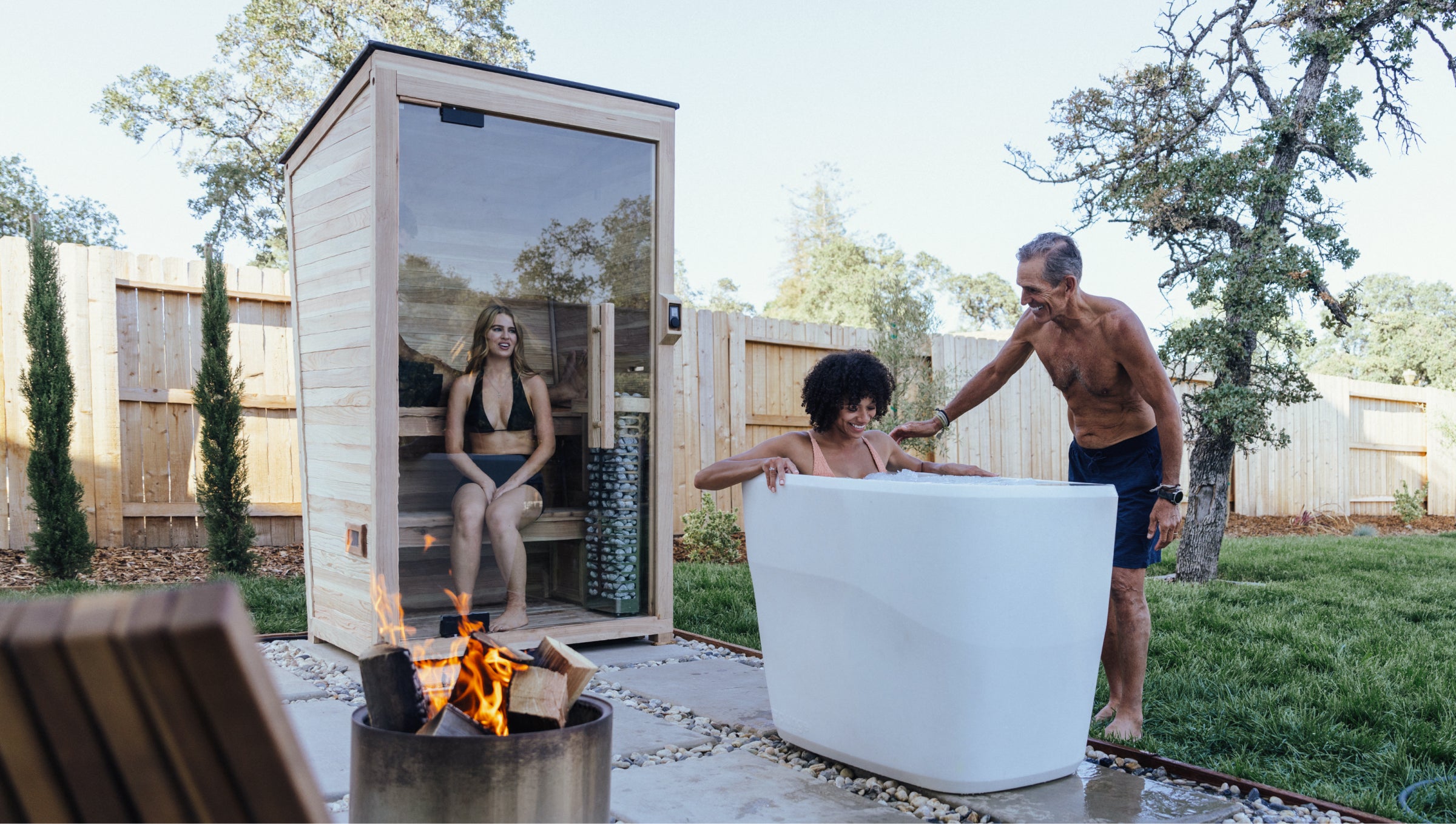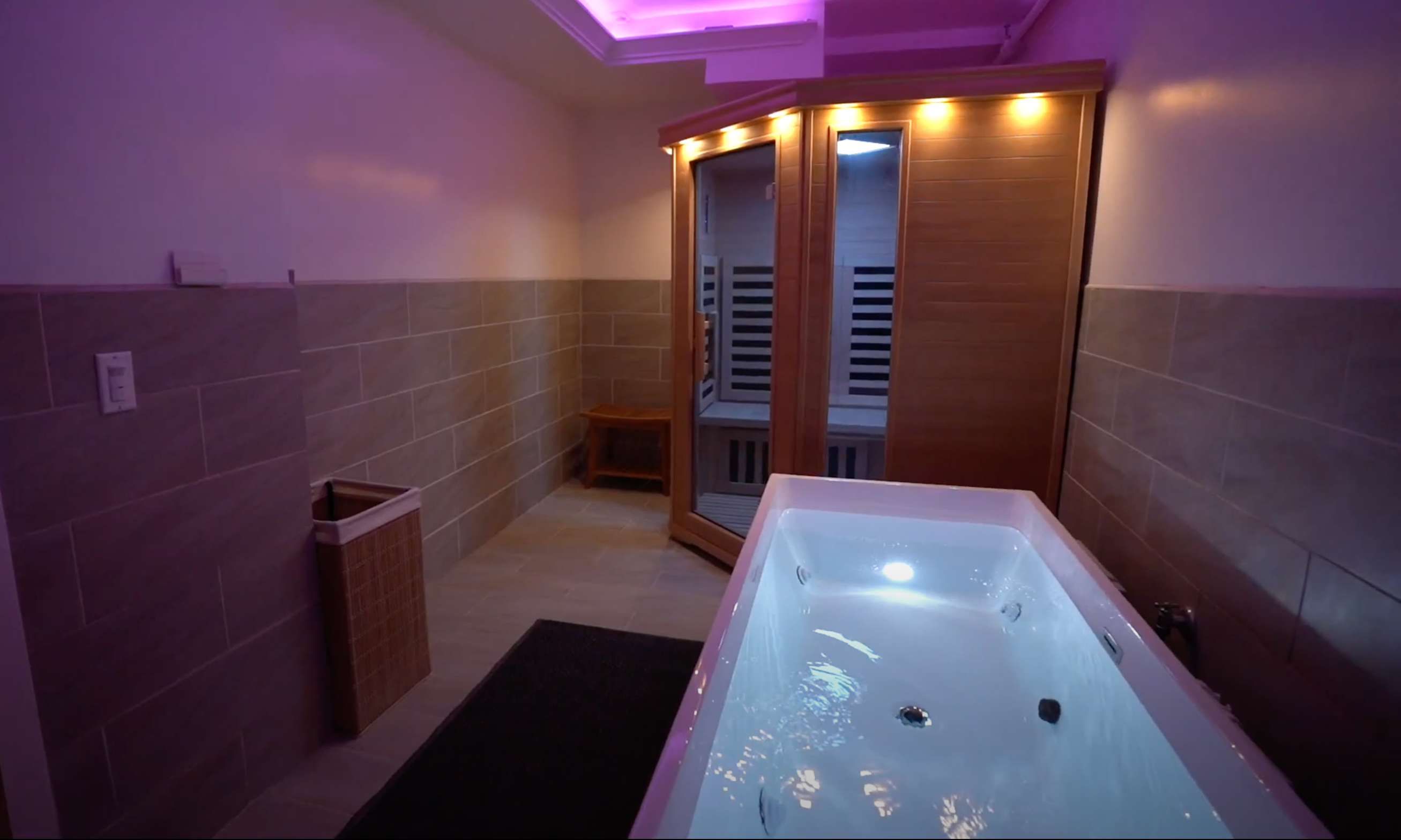
Hot vs. Cold Therapy: When to Use Each
Navigating the world of pain relief can be confusing, especially when faced with the age-old question: Heat or cold? Both methods offer unique benefits, but choosing the right one depends on the nature of your pain.
For instance, a common question around temperature therapy is, “Should I use ice or heat for swelling and inflammation?” The short answer is that ice is generally the preferred option because it constricts blood vessels and reduces inflammation, which can help minimize swelling and pain. However, both therapies have many more uses — so keep reading to learn more.

Cold Therapy
Cold therapy, as the name suggests, involves using cold treatments to soothe pains and injuries and is most often used to reduce swelling and inflammation.
Types of Cold Therapy
Various application methods for cold therapy are available depending on your needs.
Localized Cold Therapy
Localized cold therapy (sometimes referred to as cryotherapy) uses ice packs or devices that cool specific body areas and can numb an area before surgery or reduce pain and swelling. You can also use cold therapy to relieve muscle pain, spasms, and inflammation.
The most common method of localized cold therapy is an ice pack. They’re available in different sizes and shapes and wrapped around the affected area. Another type of localized cold therapy is cryotherapy devices that cool the skin with a stream of pressurized air or liquid nitrogen.
Note: Never put ice directly on your skin, as prolonged exposure can damage tissue and nerves! Cold therapy should avoid extremely cold temperatures, as this can be dangerous to your health.
Total Body Immersion
This method involves exposing the entire body to cold, which is ideal for athletes and gym enthusiasts for physical recovery. The most effective and popular method is an ice bath, a process of plunging yourself into cold water between 39 to 59 degrees Fahrenheit. Ice baths can soothe sore muscles, reduce inflammation and swelling, boost your immune system, improve your sleep, and support weight loss to name a few.
When To Use Cold Therapy
- Acute Injuries and Inflammation: Cold therapy is highly effective in the immediate aftermath of an injury. Research supports using cold therapy to reduce pain and swelling by constricting blood vessels.
- Post-Exercise Recovery: Cold therapy after intense physical activity helps minimize muscle soreness and accelerate recovery. Studies highlight the benefits of cold water immersion in reducing exercise-induced muscle damage.
- Migraines and Headaches: Cold therapy, particularly in the form of cold packs or compresses, can provide relief from migraines and tension headaches. Existing research emphasizes the efficacy of cold therapy in managing headache symptoms.
When Not To Use Cold Therapy
While cold therapy can be effective for some conditions, there are also some situations where it’s not recommended. For example, you should not use cold therapy on open wounds or skin that is already cold to the touch, as this can further damage the tissue.
In addition, people with diabetes or circulatory problems should use cold therapy with caution, as they may be more susceptible to cold-related injuries. Cold therapy can also aggravate some medical conditions, such as migraines and cold sores. So, if you’re feeling unwell or have any of the above conditions, play it safe and wait until you’re better to try cold therapy.
Heat Therapy
Heat therapy, also known as thermotherapy, uses heat to treat pain and other medical conditions.
Types Of Heat Therapy
There are two primary categories of heat therapy methods depending on your goals and personal needs.
Dry Heat Therapies
Even though it’s not a very common term, you’re probably familiar with most of the types of dry heat therapy. These therapies work by conducting heat or transferring heat through direct contact with your body. This mainly includes heating pads, dry heating packs, and electric heating wraps (in some instances, saunas are also grouped into this category).
Moist Heat Therapies
As opposed to dry heat therapy, moist heat therapy works by using convection heat, where the heat is transferred via a liquid or gas that surrounds the body. Some examples of moist heat therapy include hot tubs, steam rooms, and moist heating packs.
Though dry and moist heat can be used interchangeably, dry heat therapy is often best for localized pain or pain in a singular part of the body. Moist heat therapy is believed to work more effectively than dry heat in some cases and works better for widespread pain or stiffness.
When To Use Hot Therapy
- Muscle Relaxation and Chronic Pain: Heat therapy is effective in relaxing muscles and alleviating chronic pain conditions. Applying heat increases blood flow and oxygen delivery to the affected area, promoting muscle relaxation and reducing stiffness.
- Pre-Exercise Warm-up: Before engaging in physical activity, applying heat can enhance flexibility and performance. Pre-exercise heat application positively influences muscle function and range of motion.
- Joint Stiffness: Heat therapy is beneficial for managing joint stiffness, especially in conditions like osteoarthritis. Heat improves joint flexibility and reduces discomfort associated with stiffness.
When Not To Use Hot Therapy
There are some situations where it is not advisable to use hot therapy. For example, avoid using heat immediately after an injury, which may exacerbate swelling and inflammation. If you have a fever, hot treatments can cause it to rise further. Finally, if you have diabetes or poor circulation, heat therapy can cause more problems. If you are unsure whether or not this therapy is right for you, it is always best to speak to a doctor or other healthcare professional before starting.
Hot & Cold Therapy (aka Contrast Therapy)
Contrast therapy, involves alternating between hot and cold applications on a certain area of the body to improve well-being while aiding in recovery. There are many different ways to do hot and cold therapy. You can alternate between hot and cold showers, a sauna and an ice bath, or use a hot pack followed by a cold one.
It’s recommended to start and end with cold treatment, especially if you are concerned with inflammation and swelling. On the other hand, some people choose to end with heat to complete treatment on a more “relaxing” note. Again, experiment and find what works best for your situation.
Benefits
Contrast therapy provides the best benefits of both hot and cold therapy, including its ability to:
- Relieve pain in muscles and joints
- Improve circulation
- Reduce inflammation and swelling
- Speed healing and recovery
- Boost energy levels and mood
- Improve mental clarity and alertness
- Increase motion range
Learn more about the benefits of contrast therapy in our in-depth guide.
When to Use Contrast Therapy
Here are some example scenarios where contrast therapy is particularly beneficial, often surpassing the advantages of using heat therapy or cold therapy alone:
- Muscle Recovery and Performance Enhancement: Contrast therapy is highly effective in post-exercise recovery. The dynamic shift between heat and cold facilitates improved circulation, reducing muscle soreness and promoting faster recovery compared to using either heat or cold therapy alone.
- Inflammatory Conditions and Joint Discomfort: Contrast therapy provides a holistic solution when dealing with inflammatory conditions or chronic joint discomfort. While cold therapy reduces immediate swelling, heat therapy promotes long-term joint flexibility.
- Enhanced Circulation and Cardiovascular Support: For those seeking to enhance overall blood circulation and cardiovascular health, contrast therapy provides a unique advantage. The alternation between heat and cold prompts blood vessels to dilate and constrict, fostering a pump-like effect that supports circulatory well-being.
- Reduction of Muscle Spasms and Tension: Contrast therapy also effectively reduces muscle spasms and tension. The alternating temperatures help soothe muscle fibers and promote relaxation.
Upgrade Your At-Home Recovery Routine
If you’re ready to take the plunge into an effective hot and cold therapy treatment, consider getting a revolutionary ice bathtub for at-home cold therapy. Pair the Plunge with a heat therapy option like a sauna for effective and efficient contrast therapy sessions from the comfort of your own home.
The longer you wait to try contrast therapy, the longer you miss out on this great recovery and wellness tool!
To experience the benefits and power of hot and cold therapy, learn more about our Cold Plunge Tubs and incense cedar at-home sauna. We also have financing options available, which you can learn more about here.
Follow us on Instagram for more recovery & wellness tips and to connect with like-minded people!







